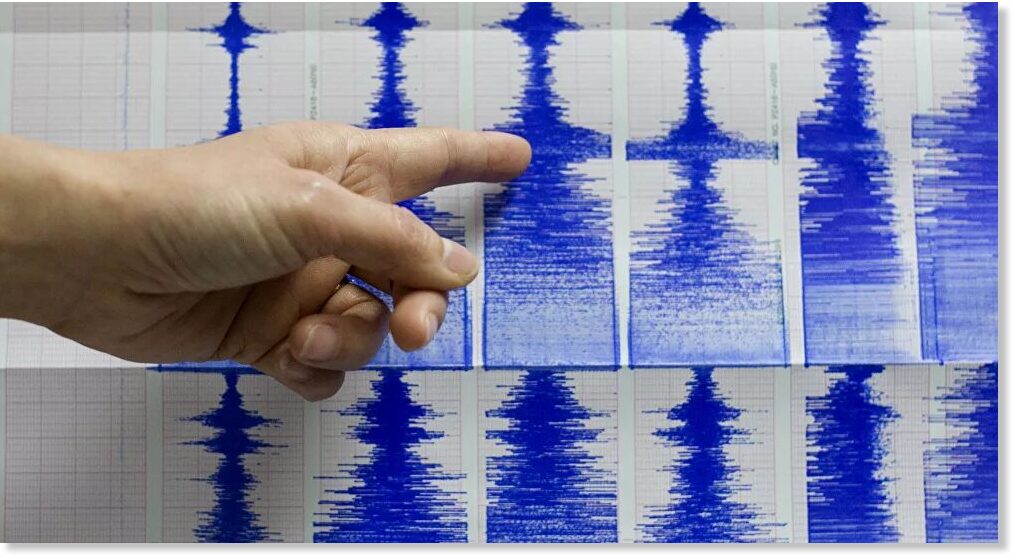Aftershock size and frequency with time[edit]
Aftershocks rates and magnitudes follow several well-established empirical laws.
Omori's law [edit]
The frequency of aftershocks decreases roughly with the reciprocal of time after the main shock. This empirical relation was first described by
Fusakichi Omori in 1894 and is known as Omori's law.
[1] It is expressed as
{\displaystyle n(t)={\frac {k}{(c+t)}}}
where
k and
c are constants, which vary between earthquake sequences. A modified version of Omori's law, now commonly used, was proposed by Utsu in 1961.
[2][3]
{\displaystyle n(t)={\frac {k}{(c+t)^{p}}}}
where
p is a third constant which modifies the decay rate and typically falls in the range 0.7–1.5.
According to these equations, the rate of aftershocks decreases quickly with time. The rate of aftershocks is proportional to the inverse of time since the mainshock and this relationship can be used to estimate the probability of future aftershock occurrence.
[4] Thus whatever the probability of an aftershock are on the first day, the second day will have 1/2 the probability of the first day and the tenth day will have approximately 1/10 the probability of the first day (when
p is equal to 1). These patterns describe only the statistical behavior of aftershocks; the actual times, numbers and locations of the aftershocks are
stochastic, while tending to follow these patterns. As this is an empirical law, values of the parameters are obtained by fitting to data after a mainshock has occurred, and they imply no specific physical mechanism in any given case.
The Utsu-Omori law has also been obtained theoretically, as the solution of a differential equation describing the evolution of the aftershock activity,
[5] where the interpretation of the evolution equation is based on the idea of deactivation of the faults in the vicinity of the main shock of the earthquake. Also, previously Utsu-Omori law was obtained from a nucleation process.
[6] Results show that the spatial and temporal distribution of aftershocks is separable into a dependence on space and a dependence on time. And more recently, through the application of a fractional solution of the reactive differential equation,
[7] a double power law model shows the number density decay in several possible ways, among which is a particular case the Utsu-Omori Law.









